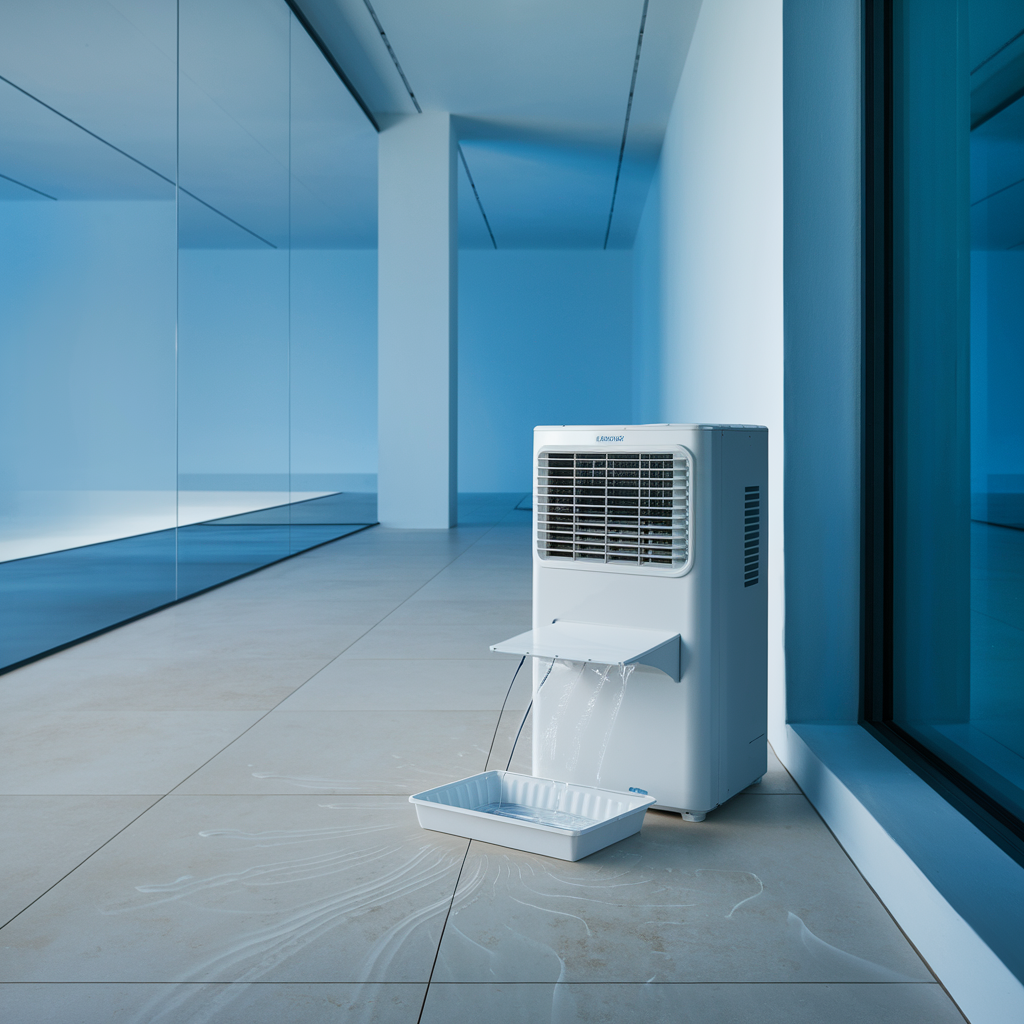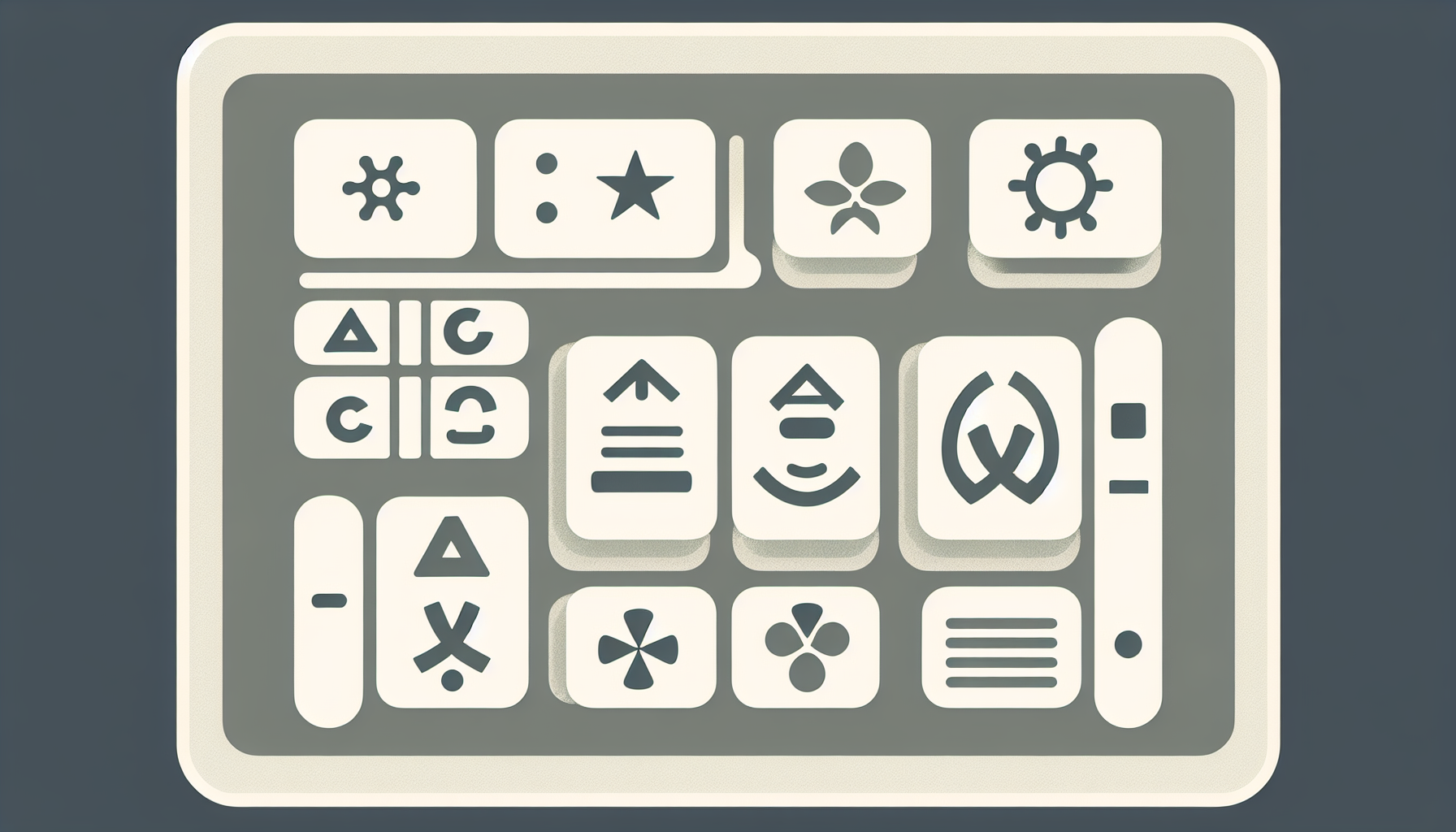Draining Your Portable AC
Importance of Draining
Draining your portable air conditioner, especially if you’re rocking a Delonghi, is key to keeping it working like a charm. You don’t want excess water puddling inside—it’s bad news, leading to leaks, a humid room, and a wimpy cooling output. If your unit’s constantly getting full of water, it’s time to sort it out. Frequent draining not only helps your machine live a long and frosty life, but it also keeps you cool when the temps start cranking up.
Locating the Drainage Hose
Wondering where your Delonghi AC’s drainage hose is hiding? It’s an easy find. Usually, you’ll spot that hose parked at the back or hanging near the bottom of the unit. There might be a cap or plug you need to twist off when you’re ready to let it all drain out.
Check out this quick cheat sheet:
| What You’re Looking For | Where to Hunt For It |
|---|---|
| Drainage Hose | Back or bottom of the unit |
| Drain Cap/Plug | Right on that drainage hose |
For more help in tracking down that elusive hose or handling other hiccups, peek at the common troubles with delonghi portable AC. Keeping an eye on your drainage setup regularly prevents hassle down the road, making sure your AC keeps kicking it all summer long.
Draining Process
Getting the water out of your Delonghi portable air conditioner is a must-do to keep it running smoothly and to keep any funky water buildup at bay. Here’s your go-to guide for doing it right.
Removing the Drain Cap
First off, hunt down that drainage hose hanging out at the back of your Delonghi unit—it’s usually chilling at the bottom or hanging around in the middle. Gently pop off the cap from the hose. Take it easy here so you don’t mess up the hose or the cap. As soon as you pull it off, be ready for the water to gush out like it’s been waiting to escape.
Draining into an External Pan
Plop a pan or container underneath the drain hose to catch the water waterfall. Heads up, the air conditioner doesn’t gift you with this pan, so you’ll need to have one on hand. Make sure it’s big and bad enough to handle the water without creating a mini lake on your floor. Our friends at De’Longhi suggest using an external pan to keep the water contained. How often you need to do this draining dance depends on the humidity levels around you.
| Humidity Level | Recommended Draining Frequency |
|---|---|
| Low (<50%) | Every few weeks |
| Moderate (50-70%) | Weekly |
| High (>70%) | Every couple of days |
Replacing the Drain Cap
Once you’ve drained every drop, don’t forget to slap that drain cap back on. Skipping this step could mean water sneaking out and causing a mess when you least expect it. Twist it on tight to avoid any unwanted dribbles. A quick regular check to make sure it’s on snug can work wonders for keeping your AC running top-notch.
If things get tricky while draining—like weird leaks or if the water’s throwing a tantrum and not draining—check out our troubleshooting tips for common issues with Delonghi portable air conditioner or dive into some preventative care tips to keep your unit happy and healthy.
Troubleshooting Drainage Issues
Got a Delonghi portable air conditioner that’s acting up with drainage problems? No stress! Here’s a simple guide to help you get it sorted, so your AC doesn’t turn your room into a sauna.
Cleaning the Filter and Surrounding Area
Before we tackle the drainage dilemma, let’s start with the basics—check out the filter and nearby area. A filter on the gunky side can mess up the airflow, making things humid and icky. Here’s the skinny on cleaning it:
- Switch it off: Safety first, folks! Unplug that bad boy.
- Unclip the filter: Follow your gadget’s guide to pop out the filter.
- Scrub it down: Give it a good wash under warm water with mild soap, and chase away the grime.
- Clear the clutter: Dust and junk around your unit? Clear ’em out for smooth draining.
Keeping things clean helps ditch leaks and keeps your cool buddy running tip-top. For more on what can go wrong with your unit, see this piece about common Delonghi air conditioner hiccups.
Connecting the Hose Properly
Time to zero in on the drainage game. Your Delonghi has a hose near its bottom backside. To nail the right connection, do this:
- Pop that drain cap off: Unscrew the cap from the back hose.
- Hook up the hose: Attach it to the outlet, directing the other end to a pan or window—anything to send water away. Heads up: units usually don’t come with pans, so grab a bucket as needed (De’Longhi).
- Seal it up afterward: Once drained, put the cap back on tight to prevent surprise drips.
A snug hose fit keeps your AC humming happily without soaking up the place.
Ensuring Proper Slope and Evacuation
Now let’s talk angles! The hose needs a bit of gravity’s help. Here’s how to score an efficient drain flow:
- Mind the slope: Slant that hose so water rolls down and doesn’t sit around like it’s on vacation.
- Catch the drips: Slide a flat container under the drain to catch any escapee water.
- Keep the route open: Don’t put the lid on the plug during operation, or your AC might throw a watery tantrum (JustAnswer LLC).
Just a sprinkle of adjustments, and your setup will handle water like a pro. If things still seem soggy, peep at our guide on why your AC might just keep topping itself.
Specific Delonghi Fixes
Messing around with a Delonghi portable air conditioner might sometimes feel like you’re wrestling an octopus. But when it’s leaking or not draining right, you gotta roll up your sleeves and get down to business. By picking up a few tips and tricks, you can keep your cool (literally) whether you’re in a heatwave or just a hot mess.
Dealing with Delonghi Leaks
Your Delonghi Pinguino sprouting a leak like a garden hose? Not cool. Here’s your game plan:
-
Spruce Up the Filter and Clean the Area: A grimy filter can block airflow, making your unit sweat like a glass of iced tea on a hot day. Clean up that filter regularly.
-
Hook Up the Drainage Hose Right: The hose should be snugly connected to the back. Point it out the window or into a bucket so the water’s got a place to go.
-
Keep It Flowing with the Right Slope: Make sure your hose isn’t doing the limbo—downward slope is what you want for easy draining. Water backtracking is a no-go.
-
Pop a Pan Under the Drain Hole: Slide a shallow container under the bottom drain hole. Crack open the plug, let the water run free like a river (JustAnswer LLC).
Addressing Improper Drainage
Think your Delonghi is giving you attitude with not draining right? Try these steps before calling in the cavalry:
-
Dodge Blockages: Peek into the drainage system for any clogs or hose kinks. Sometimes it’s a minor thing causing a major hassle.
-
Check Drain Hose Installation: Ensure the hose is set up just right. A slipshod fit can lead to sloppy drainage.
-
Mind the Humidity: When the air feels like a wet blanket, your unit might struggle. Evaluate if that muggy atmosphere is overworking the AC.
-
Crack Open the Manual: Become buddies with your unit’s instruction guide. This book knows your Delonghi’s secrets like a diary. Or check our common issues with delonghi portable air conditioner piece for more insight. You’ll find troubleshooting tips, maintenance instructions, and other important information in the Delonghi portable air conditioner manual. Don’t underestimate the power of consulting this resource when you encounter problems with your unit. It could save you time and frustration in the long run.
Tending to these leaks and drainage gremlins means smooth sailing for your air conditioner. Regular once-overs and a little TLC go a long way in keeping your house a cool haven. Troubleshooting noise, or cooling mysteries? Our guides on split ac indoor unit making noise and insignia portable air conditioner not cooling might just be what you need.
Preventative Maintenance
Taking care of your portable air conditioner is like giving your favorite pair of sneakers a good scrub—it keeps things running smoothly and makes them last longer. So here’s a bag of tricks to help you sidestep any drainage headaches.
Regular Maintenance Practices
Think of your portable air conditioner like that trusty old car—you need to check in on it regularly to keep it humming along. Here’s a handy table with what you gotta do and when:
| Maintenance Task | How Often | Why It Matters |
|---|---|---|
| Clean or Swap the Filter | Every Month | Fresh filters mean fresh air and better energy use. |
| Peek at the Drain Hose | Every Month | Spot clogs and knots to keep water flowing right. |
| Polish the Unit | Every Month | Dust is a devourer of cool air. Grab a rag! |
| Empty Out the Water | Season’s End or as Needed | Go easy on it with these drainage tips for your Delonghi unit. |
Keeping up with these chores isn’t just about just sprucing up the AC—it’s about dodging issues like funky noises or a half-hearted chill. Should you hit any snags, take a quick pit stop at our guide on fixing common Delonghi problems.
Avoiding Drainage Problems
Avoiding drainage snafus with your portable AC is easy if you keep a few simple hacks in mind:
- Eyeball the Drain Hose: Make sure it’s sitting pretty—not bent or stoppered.
- Find Solid Ground: Set up your AC on a nice, flat patch to keep water from pooling where it shouldn’t.
- Get a Proper Pan: Catch draining water with the right pan, or risk a soggy floor.
- Watch the Humidity: On muggy days, give your unit extra love by draining often. Delonghi’s got more advice here.
- Plug Up Gaps: If you’re using a window kit, make sure it’s snug to shut out the outside air—and the humidity it carries.
Keeping these tricks in your back pocket ensures your portable AC won’t let you down with a soggy mess or a lukewarm room. For more tips, swing by our other articles on troubles like the Insignia unit taking a chill break or a lazy AC compressor.




